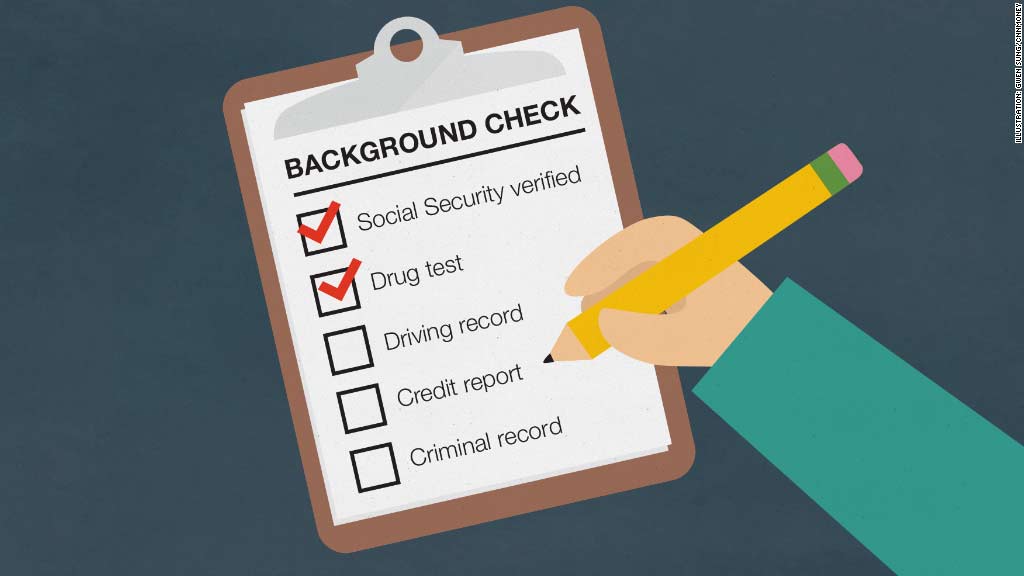Pre-employment background checks are a cost-effective and efficient way of hiring top quality talent, whilst freeing up valuable resources for your organization.
But failure to perform these checks compliantly and consistently can lead to damaging legal and financial consequences.
We look at 6 steps to ensure your pre-employment background check process is keeping in line with HR best practice.
- Why are pre-employment background checks so important?
Pre-employment background checks help organizations obtain clear picture of the person they are hiring. Background checks have many benefits, which include better quality hiring and the prevention of potential financial and legal damage.
The main functions of pre-employment backgrounds checks are:
a) To protect a company from legal, financial, and reputational damage
b) To remove candidates from the process who are ill-equipped or inexperienced to perform the role
c) Prevent unlawful and illegal hiring
d) To maintain compliance within an industry mandated by strict employment law and regulations
e) Reduce staff turnover
f) Prevent fraud
g) Lower hiring costs
h) Consistency
Implementing a background check policy can provide you with consistent procedures that prevent non-compliance and discrimination.
When writing and implementing your policy, it is vital that you take the following factors into account to ensure consistency:
- Ensure that every candidate being hired for a specific role goes through the same background check process
Have a process for adverse outcomes and follow them due diligently (e.g., failed background check, criminal record, etc.)
Do not discriminate (in other words, do not conduct background checks on individuals simply because of their race, religion, or ethnicity)
Update all departments and relevant personnel on policy and legislative changes
Annually review the process and update the company accordingly (every 6 months is recommended)
When the policy is implemented, you must also ensure it is adopted company-wide.
- Obtain consent
Before you run any background checks on your candidate, you must first obtain their consent to process their personal data. Running a background check without the candidate’s consent is illegal and violates GDPR laws.
It is strongly advised to send out a consent form to candidates, which must include:
a) The purpose of pre-employment background checks
b) What personal data you require
c) Which background checks you need to run
d) The purpose of each background check
e) Which 3rd parties you will be using (e.g., Disclosure and Barring Service/Disclosure Scotland for a criminal record checketc)
f) A link to your privacy policy, which highlights how you will protect and process personal data
g) An area for the candidate to sign and date the consent form
- Only run relevant pre-employment background checks
Not every applicant will go through the same background checks. For example, a financial director is more likely to go through a credit check than a candidate who will have no access to financial data nor monies.
Therefore, it is important to determine which background checks to run for each role. The most efficient way of doing is to ask yourself two questions:
What background checks does our organization need to cover all our roles?
For this specific role, which checks are the most relevant?
It is recommended to avoid a ‘one size fits all’ pre-employment background check process, as this can cause confusion and slow down your hiring process.
- Have a process for all eventualities
The aim of a pre-employment background check is to ascertain that your candidate can perform the role and work for you legally.
A check may reveal adverse information about your candidate (e.g., points on a driving license, a criminal record), which may raise alarm bells.
The key here is to have a process for every single eventuality. Each process must be non-discriminatory and compliant with employment laws and regulations (whether industry specific or not).
There are 100s of different eventualities to prepare for and you will find that you are not prepared for them until they happen.
To prepare, you should have a document that looks at the scenario, a potential diagnosis, and the solution.
An example may look like this:
Scenario: the background checks could not be processed
Diagnosis: the most likely caused is insufficient data or an input error (e.g., a misspelling, the wrong postcode).
Solution: Check the data you processed and ensure everything is spelled and formatted correctly. If the checks still cannot be processed, ask your candidate to go through the data and amend any errors before attempting another check.
- Do not reject an applicant with a criminal record instantly
Contrary to popular belief, a candidate cannot be rejected instantly for having a criminal record.
If a candidate is revealed to have a criminal record, you should focus on the types of convictions and treat each instance on a case-by-case basis.
If you feel the candidate’s unspent conviction could pose a danger to your organization, clients, and employees, you can withdraw an offer of employment.
Do note, a candidate can decline to divulge information on spent convictions.
Note regarding existing employees: if you discover an existing employee has a spent conviction, you cannot dismiss them from your company. If you did, this would be considered ‘unfair dismissal’, which could lead to legal ramifications.
We talk more about spent and unspent convictions here.
You can also find a filtering guide on the government website
- Run background checks regularly
Once pre-employment background checks are complete and your candidate is onboarded, you should look to perform annual checks. Doing this will ensure your employees can still perform the duties of their role for your organization.
Annual checks are important as an employee’s personal circumstances can change. For example, you may have a driver who has just incurred points on their driving license or has committed a driving offence. As a result, action would be required to prevent non-compliance and all the legal complications that will arise.



